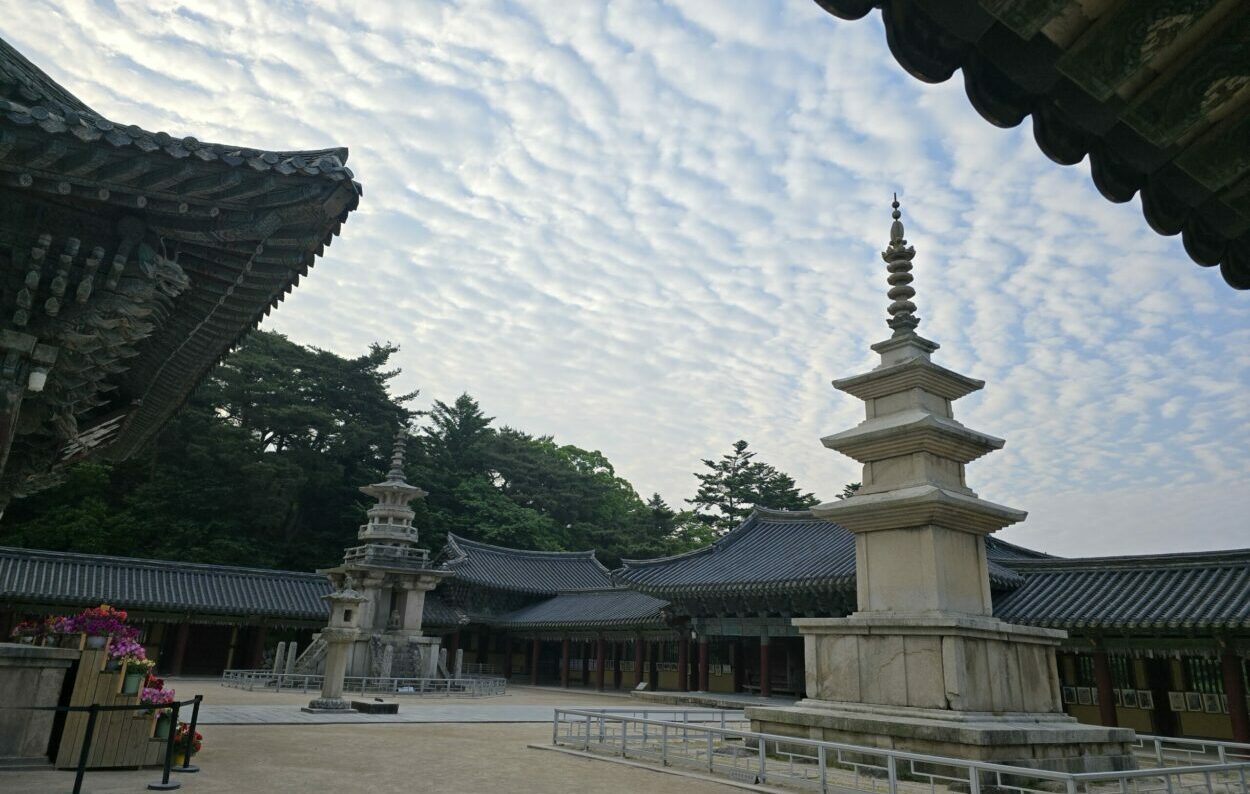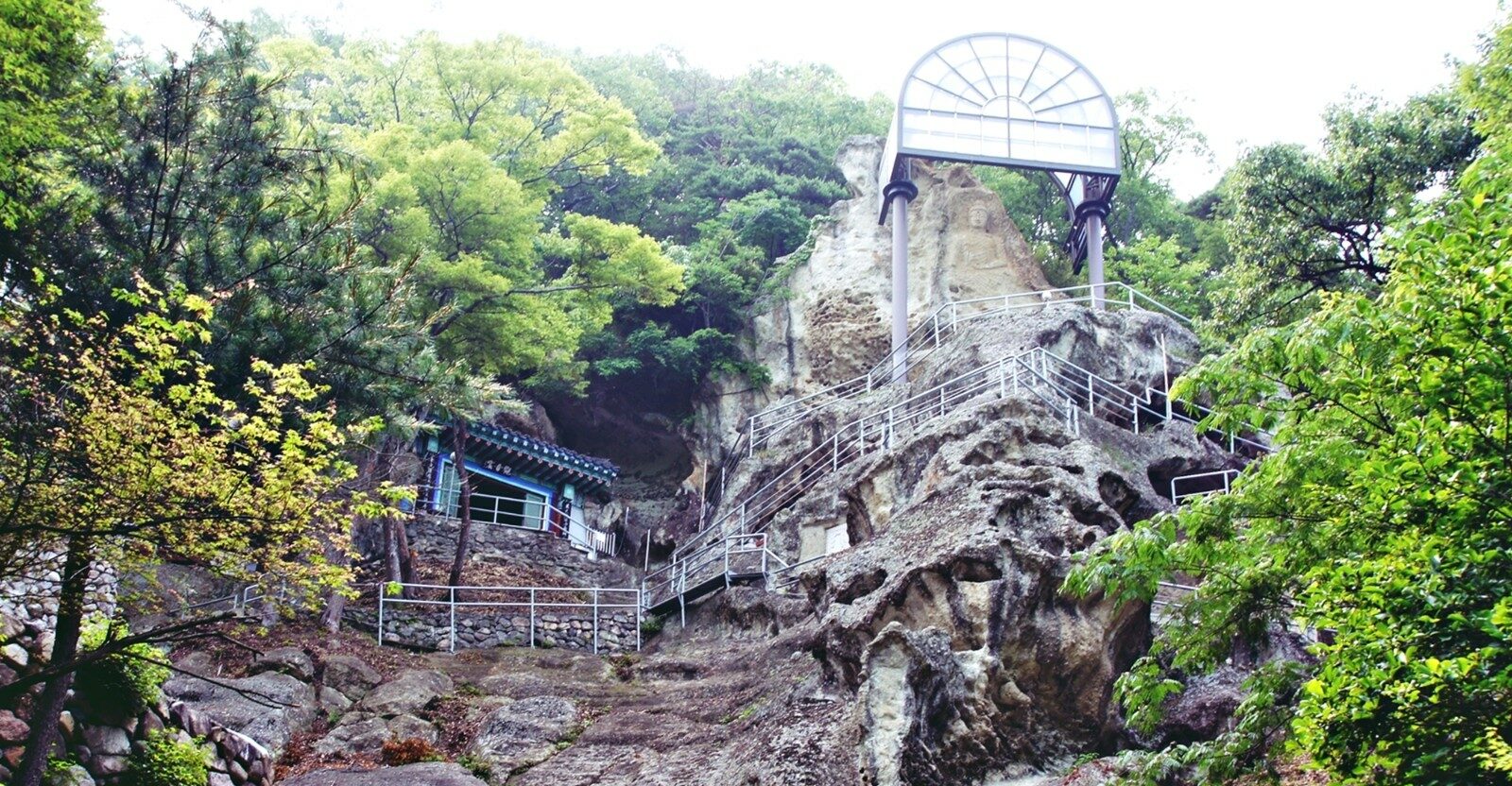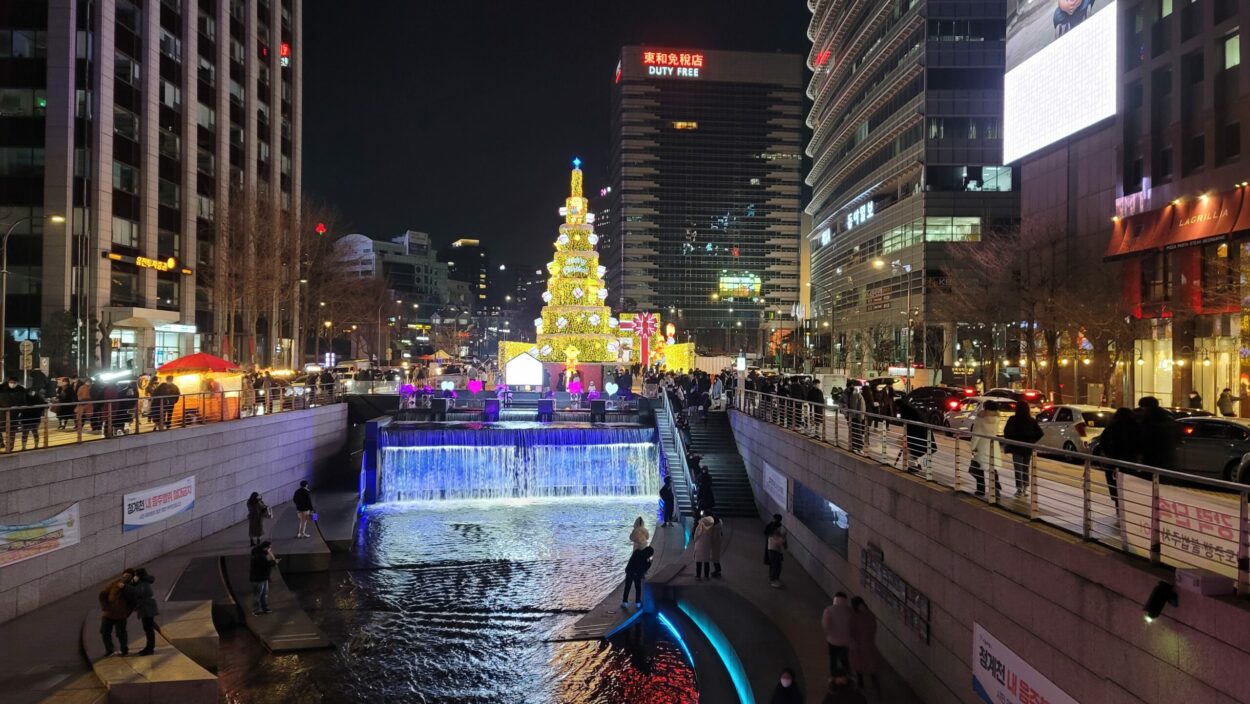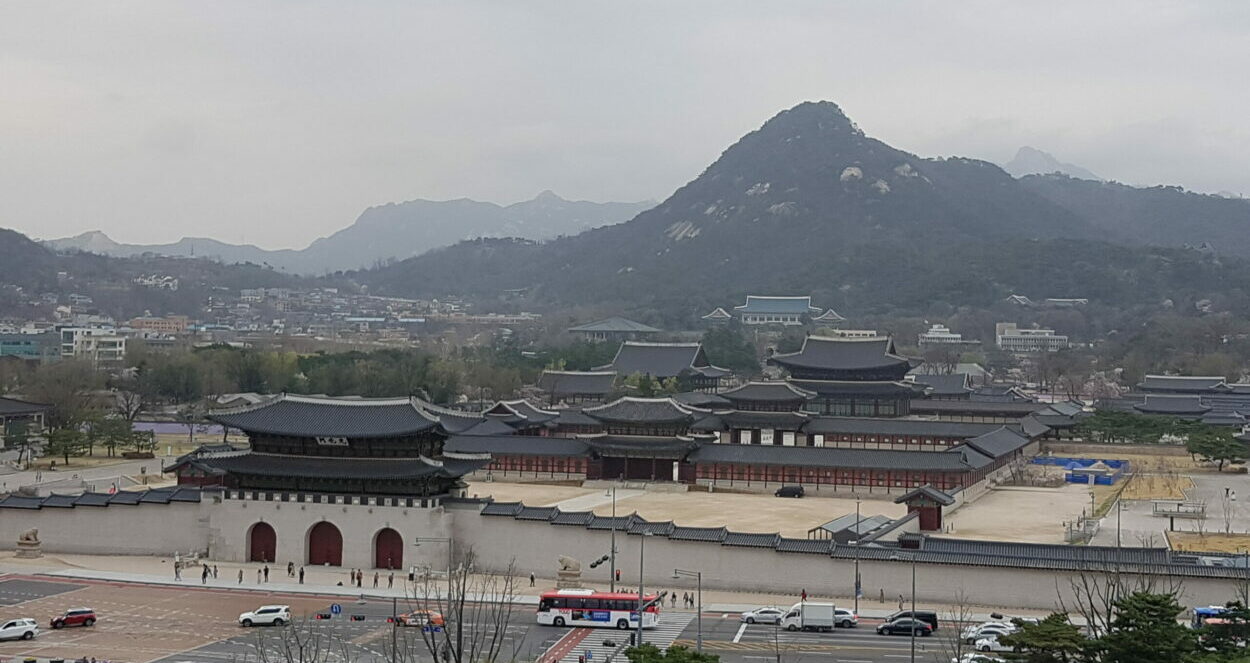Gyeongju, often hailed as the “Museum Without Walls,” is a mesmerizing city in South Korea. It stands as a living testament to the grandeur of the ancient Silla Kingdom. This kingdom reigned for almost a thousand years, from 57 BCE to 935 CE. As the enduring legacy of this kingdom, Gyeongju is a treasure trove of cultural heritage. The city boasts over 52 UNESCO World Heritage Sites. It is an indispensable destination for history enthusiasts and travelers eager to delve into the past of Gyeongju ancient history Silla Kingdom heritage treasure.
A City Immersed in History
As you wander through Gyeongju’s streets, the historical essence of the city is palpable. Echoes of the Silla Kingdom greet you at every corner. The city is thoughtfully organized into four main tour zones: Namsan, Wolseong, Daereungwon, and Hwangryongsa. Each zone offers unique perspectives on the kingdom’s illustrious history. Namsan Mountain, in particular, serves as an open-air museum. It houses over 100 temples, 80 stone Buddha statues, and 60 pagodas. All these are set amid scenic valleys and peaks showcasing the Gyeongju ancient history Silla Kingdom heritage treasure.
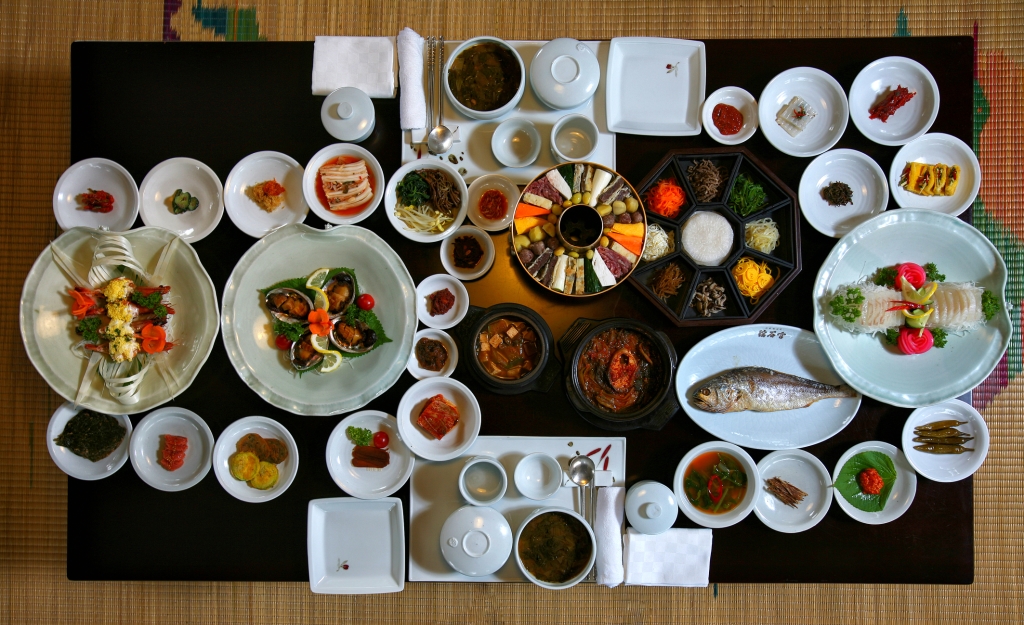
Cultural Treasures and Attractions
Visiting the Gyeongju National Museum is essential for anyone interested in the Silla period. This museum showcases exquisite artifacts, including royal crowns and intricate Buddhist artwork. Nearby, the Bulguksa Temple and Seokguram Grotto are architectural masterpieces and UNESCO World Heritage Sites. These sites highlight the artistic genius of their creators. They serve as spiritual sanctuaries, attracting visitors from around the world, thus preserving the Gyeongju ancient history.
The Allure of Natural Beauty
Beyond its historical significance, Gyeongju is enveloped by breathtaking natural landscapes. Rolling hills and picturesque mountains offer a stunning backdrop, perfect for exploration and hiking. Visitors often find tranquility at Anapji Pond. Here, meticulously landscaped gardens create a peaceful atmosphere—ideal for relaxation and reflection on the Gyeongju ancient history Silla Kingdom heritage. Exploring these sites, you truly feel the city’s ancient history Silla Kingdom heritage treasure first-hand.
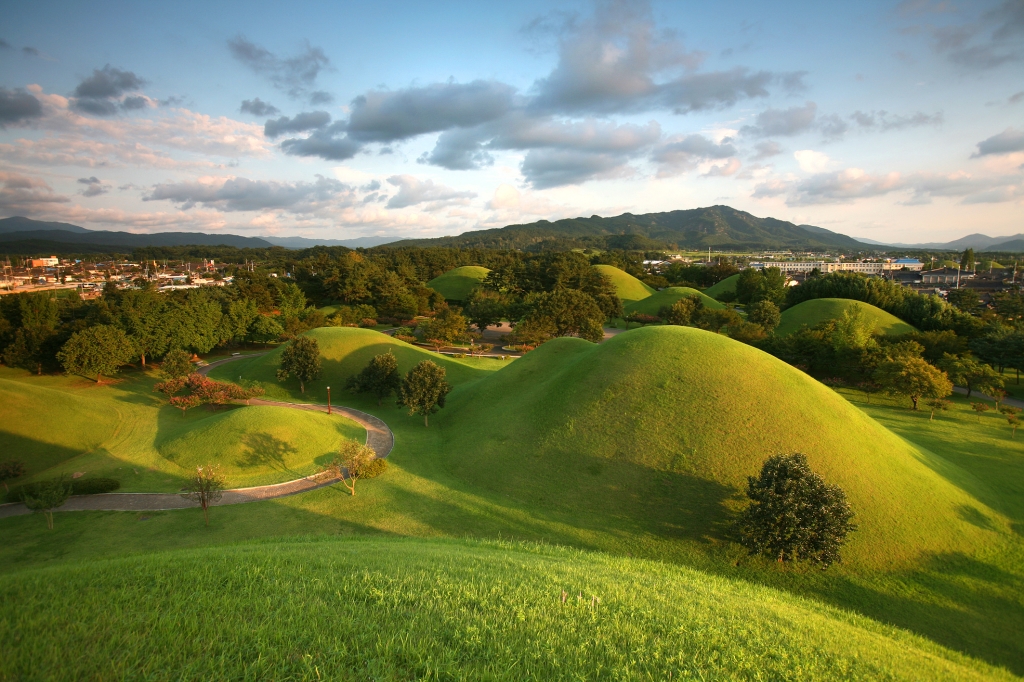
Nearby Must-See Spots
- Gyeongju National Museum: This museum is a repository of artifacts from the Silla Kingdom. It features exhibits that illuminate the region’s royal heritage, including ancient pottery and the famed Emille Bell, one of Korea’s largest and most beautifully crafted bells.
- Bulguksa Temple: Renowned for its magnificent architecture and intricate stonework, this UNESCO World Heritage Site was built in the 8th century. The temple complex includes beautiful pagodas and serene gardens.
- Seokguram Grotto: Located near Bulguksa Temple, this grotto houses a magnificent stone Buddha statue surrounded by exquisite carvings. It offers breathtaking views of the surrounding mountains.
- Donggung Palace & Wolji Pond: This site features the ruins of a Silla royal palace and a picturesque pond filled with lotus flowers. The area is especially enchanting at night when the structures are illuminated.
- Daereungwon Tomb Complex: This ancient burial site contains large tomb mounds of Silla kings and nobles. It offers a glimpse into the burial practices and royal history of the Silla Kingdom.
- Cheomseongdae Observatory: As one of the oldest astronomical observatories in East Asia, its cylindrical structure represents the solar year. It reflects the advanced scientific knowledge of the Silla people.
- Hwangnyongsa Temple Site: Once home to one of the tallest wooden structures in the world, this site provides insight into Silla’s architectural achievements and spiritual life.
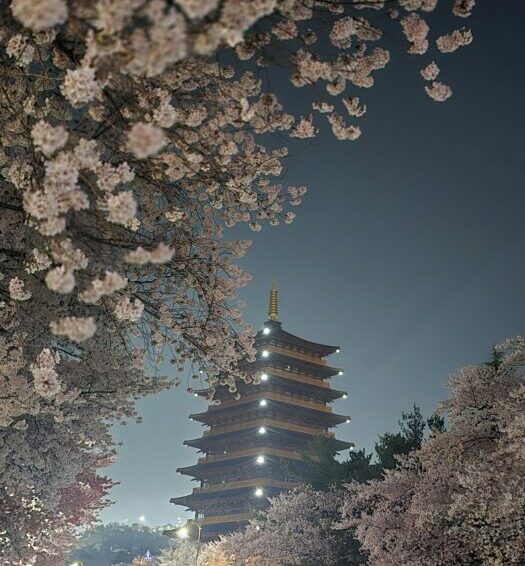
Culinary Delights of Gyeongju
Gyeongju is not only rich in history but also offers a flavorful culinary experience. Here are some must-try local delicacies:
- Hwangnam Bread: This beloved sweet pastry, filled with red bean paste, is known for its soft texture and rich flavor. It makes a perfect snack or dessert.
- Gyeongju-style Bibimbap: A vibrant and nutritious dish featuring a variety of vegetables, rice, and often beef or egg, served with spicy gochujang.
- Mul Naengmyeon: A refreshing cold noodle dish ideal for warmer days, made with buckwheat noodles in an ice-cold broth, topped with julienned cucumbers and Korean pear.
- Yukhoe Mulhoe: A unique dish combining beef tartare with raw seafood, often enjoyed with rice and various dipping sauces.
- Ssambap: A traditional dish of rice and fillings wrapped in leafy vegetables, accompanied by an array of banchan, perfect for communal dining.
Gyeongju offers an unforgettable journey through time. It blends history, culture, and culinary delights in a way that captivates and enriches every visitor’s experience. With its remarkable heritage and scenic beauty, Gyeongju truly stands as the “Museum Without Walls” where Gyeongju ancient history Silla Kingdom heritage treasure awaits you.

